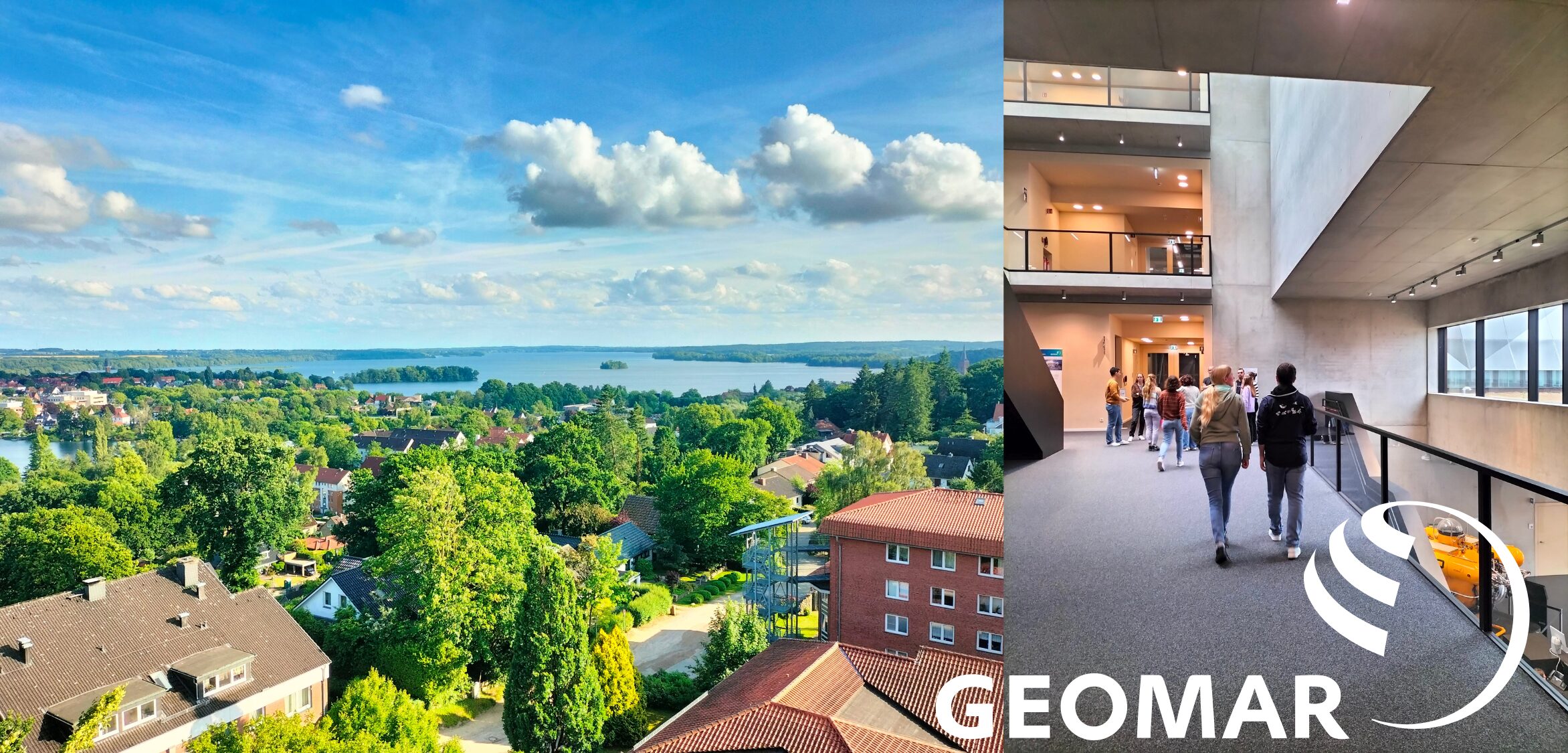
Photo credits: César Gomes
TWILIGHTED goes to Kiel!
Reflections from the TWILIGHTED scientific training school at GEOMAR
By Diane Esson, June 2025
From 10-20 June 2025, fifteen MARE-Madeira/ARDITI researchers and project managers, along with some guest researchers, attended a TWILIGHTED-organized deep-sea research, communications and project management training school at the GEOMAR Helmholtz Centre for Ocean Research in Kiel, Germany. It was not only an incredible learning opportunity that opened our eyes to best-practice in deep-sea research and institutional organization, but a chance to strengthen relationships between our teams.
Combining theory with hands-on practice, the research side of this training school focused on three important areas of deep-sea study: imaging, stable isotope analysis and environmental DNA analysis. From sample preparation to statistical analysis and data management, this program was tailored to MARE-Madeira/ARDITI needs and offered an up-close look at how deep-sea research challenges are approached at a leading European research institution.

Photo credits: Diane Esson, César Gomes
Scientific training modules
| Imaging | Stable isotope analysis (SIA) | Environmental DNA (eDNA) |
| – Baited camera lander experiments – Imaging and video data annotation in BIIGLE – Turning data into statistically expressive results – Visualizing community and diversity data | – Stable isotopes as ecological tracers – Sampling procedures, conservation and preparation – Processing, analyzing and interpreting data with R – Evaluating other SIA studies | – Processing eDNA samples (filtration, extraction and library preparation) – Bioinformatic analysis, statistics and visualization of next-generation sequencing data |
The communications and project management side of this training school gave MARE-Madeira’s communication team and ARDITI’s project managers the chance to meet and share learnings with a range of GEOMAR’s institutional support teams — including research funding management, third-party funding management, communications and knowledge transfer.

Photo credits: Diane Esson, Deise Faria, César Gomes
Overall, while there are big differences in the layers of organization needed to coordinate the research, data and administration of a 1,000-person institute versus a 40-person institute(!), as well as clear differences in the level of resourcing available, this TWILIGHTED training school highlighted some key areas where MARE-Madeira/ARDITI can already streamline and simplify its work. Stand-out examples include:
Key actionables for MARE-Madeira
| Sample and data management | GEOMAR has a digitized, institutional-wide sample and data storage and sharing platform, where any dataset can be found and paired with any sample set collected across the institute. Implementing a platform such as this at MARE-Madeira would bring a lot of efficiencies and help ensure that all data is safely stored and available to all researchers. |
| Communications | GEOMAR’s communications team is committed to raising the profile of the institute and sharing important scientific knowledge with its online community. It doesn’t dilute this messaging by publicizing every event and conference attended. Instead, they support researchers who wish to develop their own online profile or project social media accounts (where project results can be disseminated by project coordinators). Reducing the burden of the MARE-Madeira communications team to report every event attended would give the team more time to focus on key scientific results and could increase engagement by its online audiences. |
| Project management | GEOMAR uses an SAP system to help budget control and reporting, which could improve upon the system ARDITI currently uses. Other improvements modeled on GEOMAR’s structure could include proposal reviewers (to help increase the success of ARDITI’s funding proposals) and more project-specific support services. |

Photo credits: Diane Esson, Sonia Gueroun, Marisa Gouveia
Beyond the scientific, communications and project management learnings, the training course proved an excellent opportunity to strengthen the relationship between our institutes – from a well-attended talk by MARE-Madeira Director João Canning-Clode on the value of low-cost science and the ambitions of a small institute to make a big difference, to BBQs and excursions, the training school received overwhelmingly positive feedback from attendees. We look forward to the next TWILIGHTED training school – planned for this September in Norway, organized by our project partners at NTNU!

Photo credits: Diane Esson and César Gomes
Feedback
| What were you hoping to learn or gain? | I was hoping to learn more about the deep sea and deep-sea research in general, as it’s an area I’m really interested in but not directly working in at the moment. I saw this training school as a great opportunity to step a bit outside my usual area of work, explore new topics, and gain skills that could be useful for me in the future. I hoped to build on my prior experience in imaging by expanding my knowledge and comparing methodologies. I also wanted to gain a broad overview of stable isotopes and eDNA, as I had no prior experience in these areas, and explore how they could be applied in my research. This meeting exceeded my expectations, and I would definitely recommend to others in the future. The welcome, the teaching, the team was all great. The training school offered a great balance between theory and practical sessions, which helped me gain valuable insights into deep-sea research. I would definitely recommend this training to anyone interested in deep-sea research or looking to broaden their knowledge in related fields. |
| What did you learn from this training school? | I was already thinking of trying to use drones for image collection, and the skills learned will be useful for this in the future, same as the data management tools. I will try and find solutions adapted to our scale. I learned how stable isotopes can be used to study food webs and ecological interactions in the deep sea. Additionally, I gained hands-on experience with eDNA analysis, along with extensive use of R. These techniques are powerful tools for biodiversity assessment in environments that are difficult to access. I learned that GEOMAR’s imaging methodology closely aligns with our current practices, which will facilitate comparison and knowledge exchange. We were also introduced to a new video analysis tool that could be valuable for upcoming projects. The sessions on data storage, sample storage, and labeling exceeded my expectations. I hadn’t anticipated these being such a focus, but they turned out to be critical. As we are a growing institute, developing robust management systems in these areas will be essential, and this training provided a strong foundation to start from. One of the things I learned that I didn’t know anything about was the Nagoya Protocol, which is important for us to keep in mind as we collaborate with institutes outside of Portugal, sharing samples, genetic information and processing responsibilities. It’s also relevant as we join more cruises in international waters where we may also need to seek permission from governments to collect and process samples. One of the key learnings was the flexible and modular organizational structure at GEOMAR, which allows central services to be allocated to research projects according to specific needs. |
| Did this training impact your plans for the future? | I’m definitely more attracted to the deep sea now! I don’t have any specific future projects planned yet, but I’ll definitely explore this topic more. Deepening my knowledge in R is something I will definitely be pursuing. I need to not let it fade as before. Also, perhaps pursuing a PhD, if an opportunity arises and planets align, who knows?! |
| What learnings can we apply at MARE-Madeira/ARDITI? | There are things we can start discussing and implementing, especially when it comes to data curation and handling. We have many types of data, accessible on different servers or with researchers, and there is no tracability and transparency within the group. It would be good to start finding ways to implement a more centralized way of storing data. One key area where we can definitely improve is data organization and management. While we may not have large, sophisticated databases like GEOMAR, we can start by improving how we store, share, and access our data locally. For eDNA work, the main challenge is the lack of a local baseline or reference database. Without this, it’s difficult to interpret results or draw meaningful conclusions. A key priority should therefore be to begin systematic sample collection and work towards building a local eDNA and stable isotope library. This foundational step will unlock future research opportunities and collaborations. The challenge will always be the same, do more with very little. It is possible, as JCC has showed before. But we can improve with GEOMAR’s learnings, for instance in compiling a single large data management center, where all data is stored under one “roof”. It is definitely applicable here. We may have limited resources, but we have a motivated team, and that’s a real strength. By focusing on what’s immediately achievable and continuing to build collaborations, I believe we can still apply some of these learnings in meaningful ways. |

Photo credits: Marisa Gouveia, César Gomes
